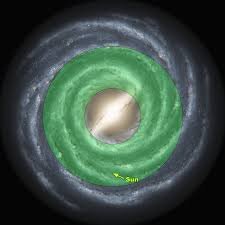
The concept of Habitable Zone (HZ) was once the only way to estimate the chances of a planet to support life. The past decades of exploration in the Solar System and the study of terrestrial extreme environments have shown that the subsurface and interior of several planets and moons located outside the HZ had – or may still have – conditions suitable for the development and survival of life. Beyond the Solar System, the discovery of thousands of exoplanets gives us a chance to expand our understanding of planetary system formation and evolution, and infer their ability to develop biology. These recent discoveries also give us important information about the probability for the existence of other technologically advanced civilizations in the universe. While the current estimates of life potential, whether simple or complex, are based on concepts such as planetary habitability and the coevolution of life and environment, emerging new theories bridge biology, neuroscience, information technology, and quantum physics, and if verified, would fundamentally change our views on the origin and nature of life, and the meaning of its exploration.
Images are licensed under Creative Commons License.

